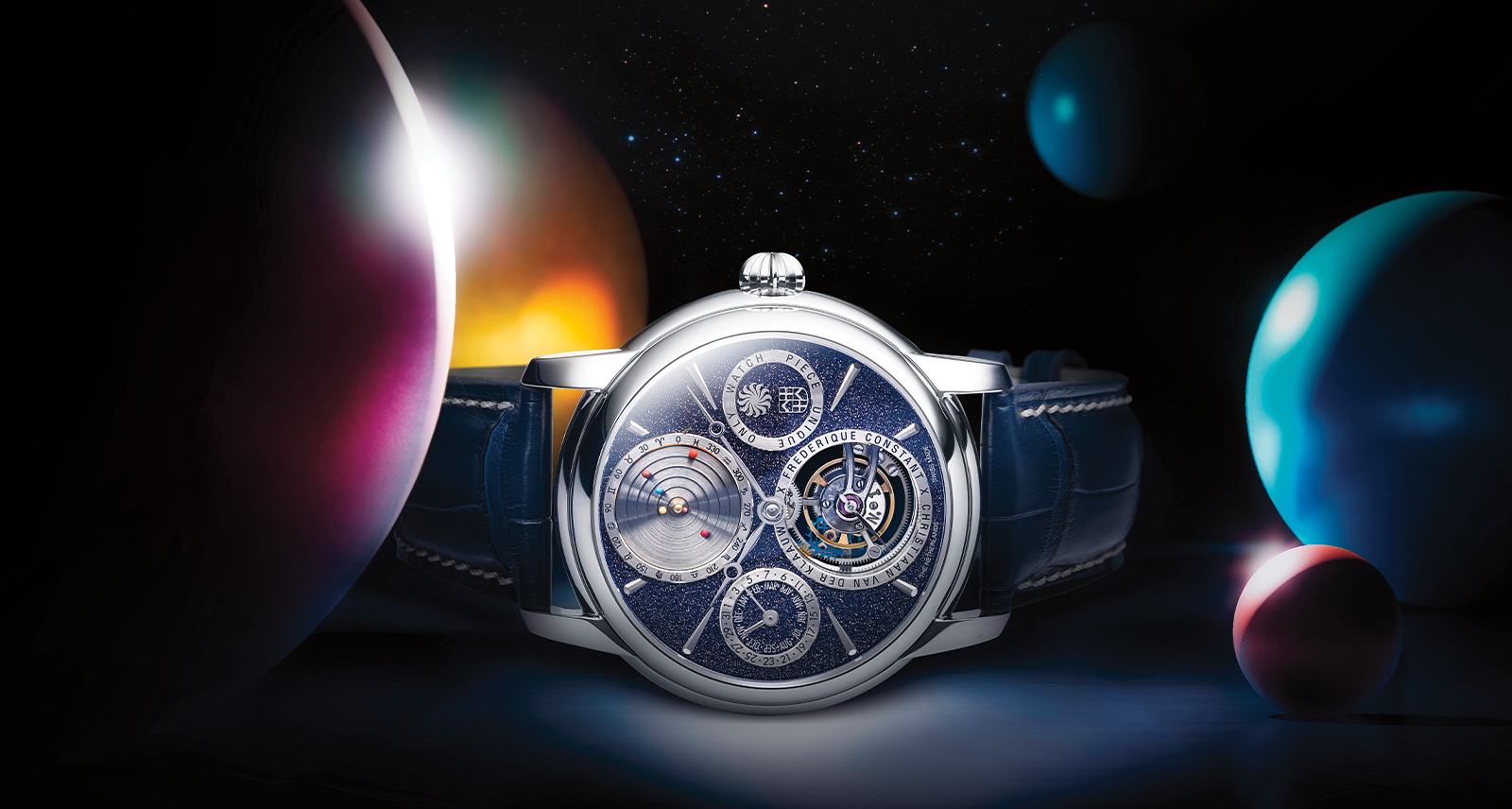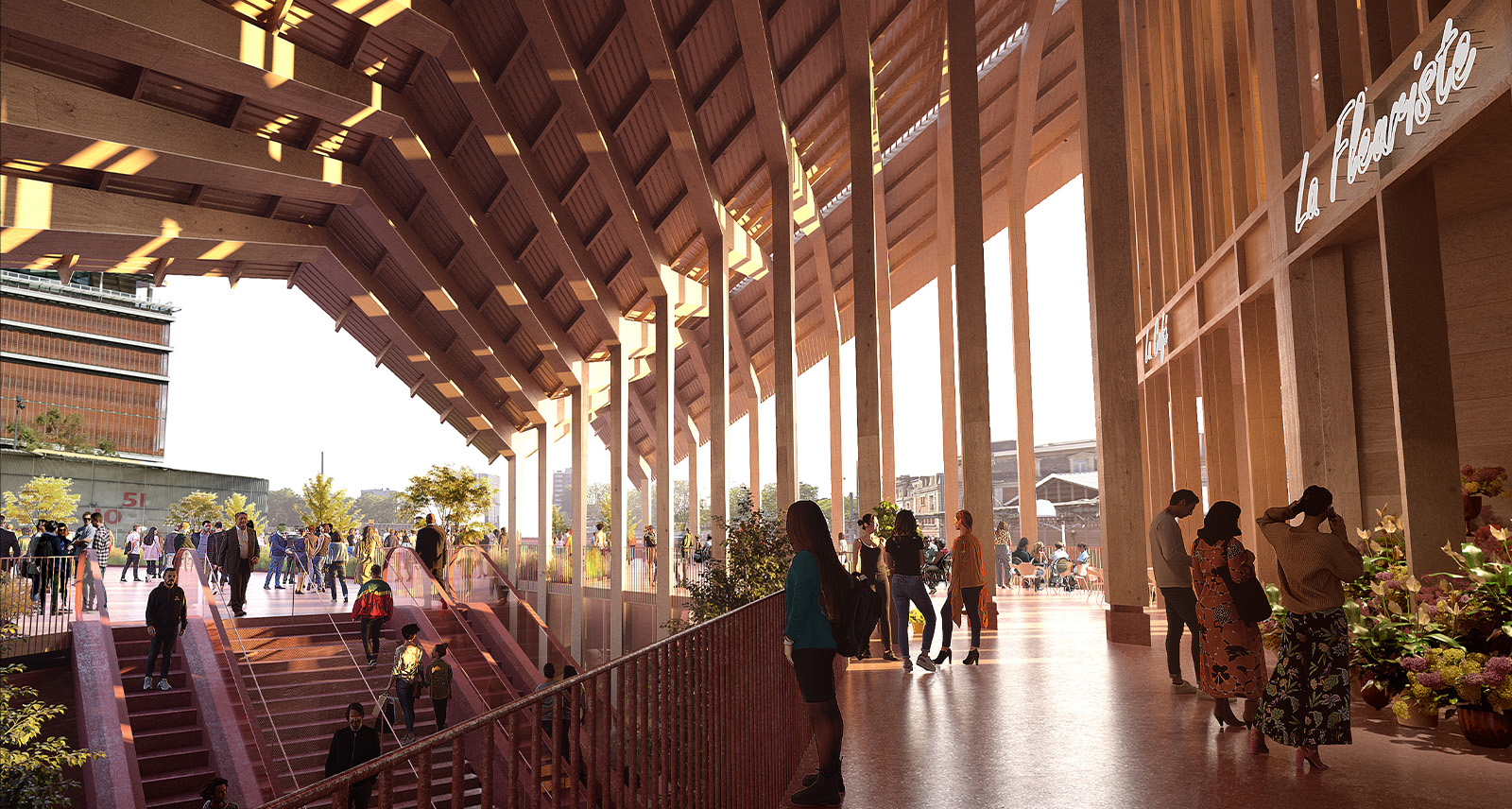Frederique Constant Creates the World’s Smallest Planetarium
There is not, nor has there ever been, a watchmaker named Frederique Constant. Instead, the name was conceived by the brand’s founders, couple Aletta and Peter Stas, by combining the names of their great-grandparents, also both watchmakers. The choice is a symbolic one. And while Frederique Constant has only been in business since the early 1990s, its product line reflects a reverence for Swiss watchmaking tradition at every level, from old school details such as hobnail-textured dials and Breguet hands to movements that are designed and built entirely in-house.
The brand’s catalogue is as diverse as it is consistent, comprising analog-digital smartwatches, 1970s-inspired sports watches, and high-end complications, like mechanical worldtimers. With a design language rooted in classicism and a price point significantly lower than many other Swiss-made brands, Frederique Constant has quietly carved out its niche as the brand for those looking to maximize their watchmaking bang-for-buck. “For 35 years, we’ve taken the position to make less margin compared to other brands around us,” says CEO Niels Eggerding, who eschews big marketing campaigns and celebrity endorsements, choosing instead to put all of the brand’s resources directly into its products. “We make 4,000 Worldtimers in a year with an in-house calibre and we sell them starting at $5,500. In the luxury segment, that’s unique.”
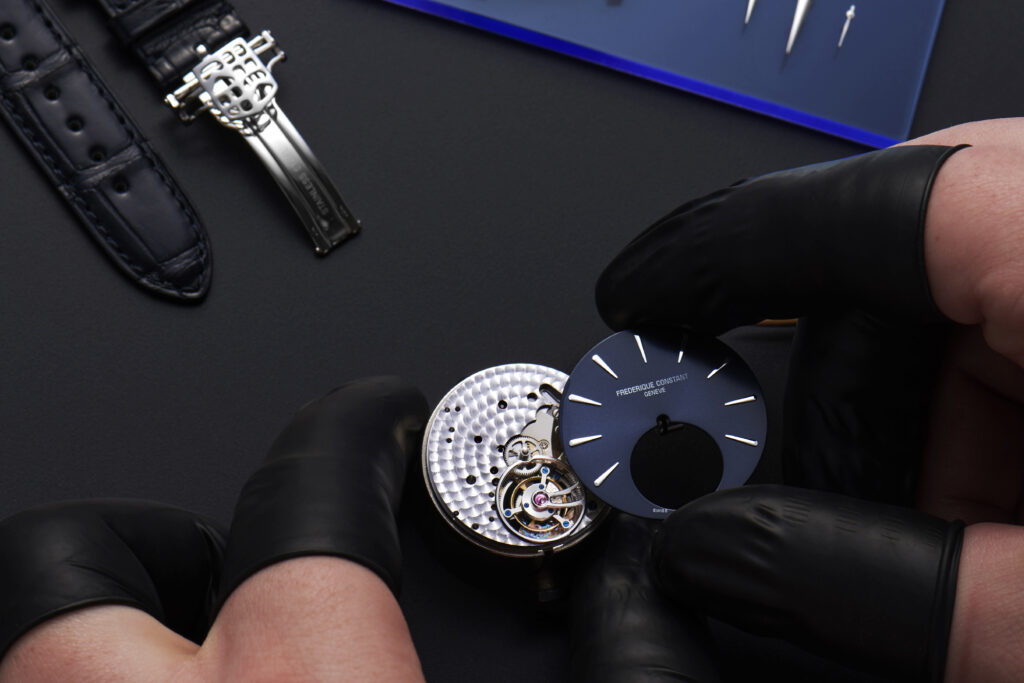
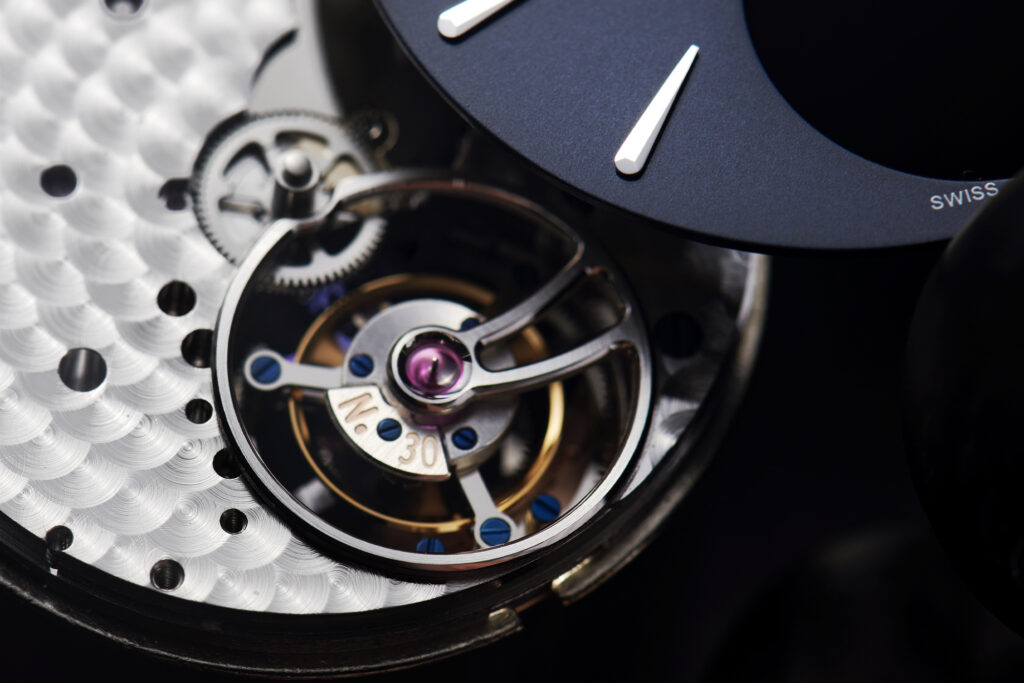
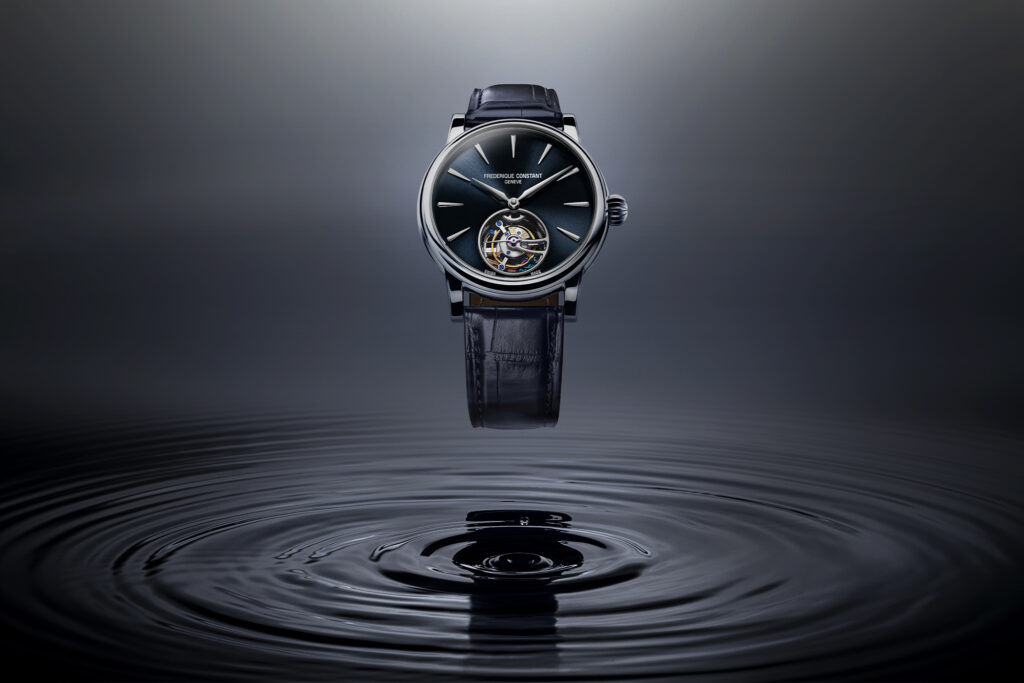
Earlier this year, the brand unveiled its new Classic Manufacture Tourbillon, which contains one of the most challenging complications in watchmaking. Developed in the early 18th century by legendary watchmaker Abraham Breguet, a tourbillon is intended to improve the accuracy of a mechanical watch by countering the effects of gravity on the movement. Complex, delicate, and finely tuned, tourbillons take many hours to build by highly-trained watchmakers. This makes them particularly expensive to produce and places them in the upper echelons of watchmaking, usually in pieces costing six figures.
“A watchmaker is spending about five to six working days to produce one tourbillon – it’s that special,” says Eggerding. “That’s why so many houses choose not to produce them, but to buy the movements from outside. But you really need to produce it yourself to make it accessible in price.” With models starting at a relatively earth-bound $20,000, featuring svelte 39 mm cases and movements made entirely in-house, the Frederique Constant Classic Tourbillon Manufacture raised eyebrows and drew praise when it was revealed earlier this year.
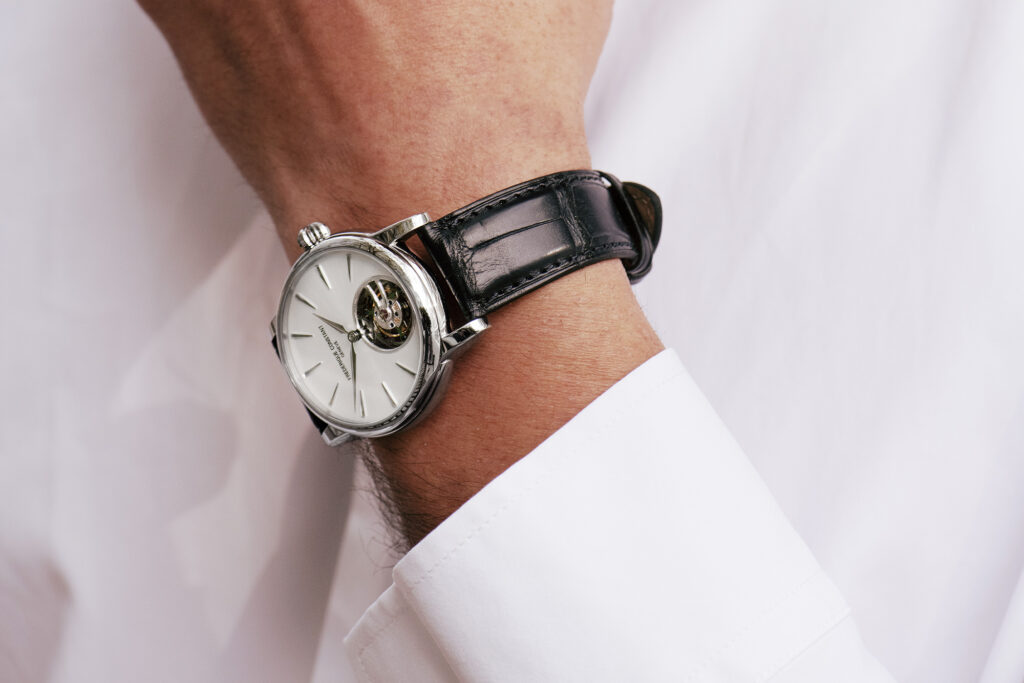
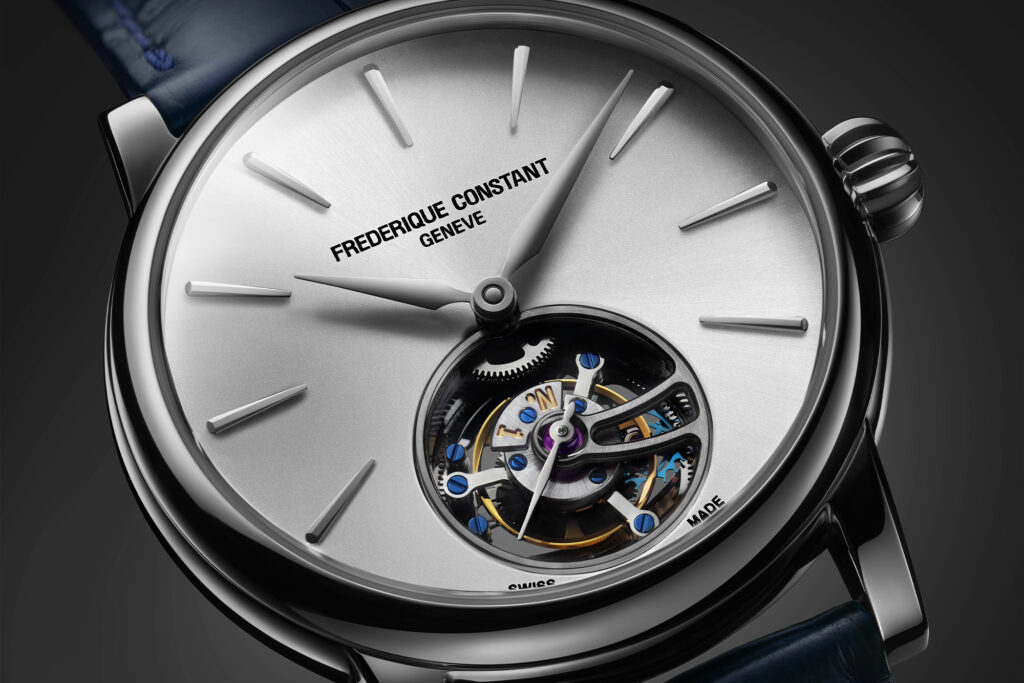
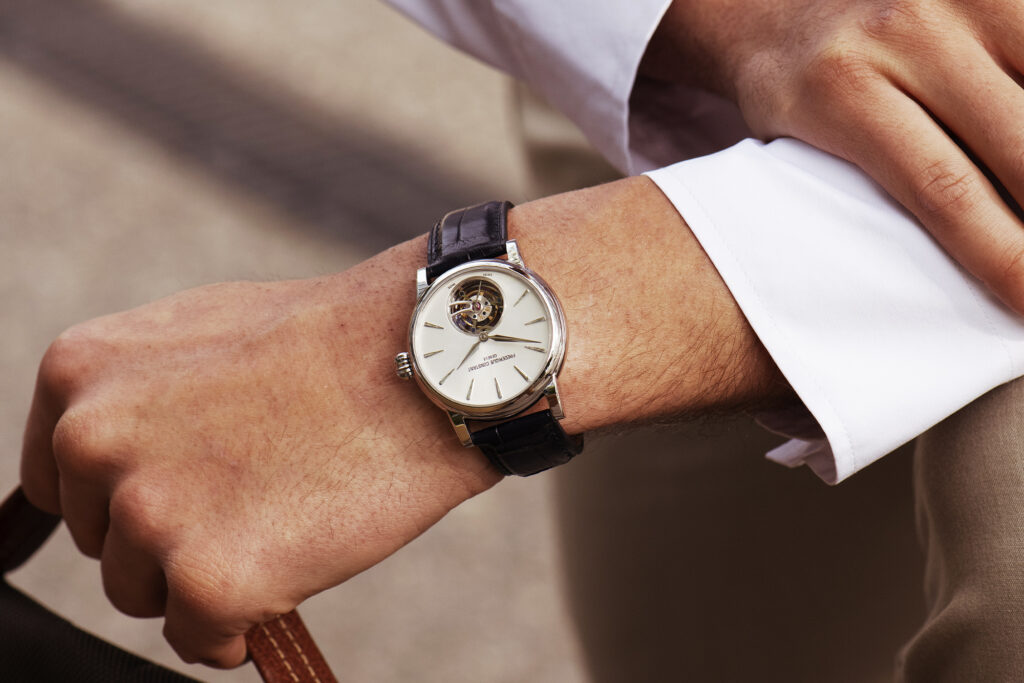
Frederique Constant’s latest achievement, however, suggests that the brand has even bigger ambitions in store. Announced in July, the Frederique Constant x Christiaan van der Klaauw Tourbillon Planetarium Only Watch 2023 is one of dozens of pieces created for a biannual charity auction supporting research into Duchenne Muscular Dystrophy. Only Watch, which takes place in November 2023, is one of the biggest events in the watchmaking calendar, with industry heavyweights from Audemars Piguet to Zenith all striving to outdo one another with one-off creations in service of a worthy cause.
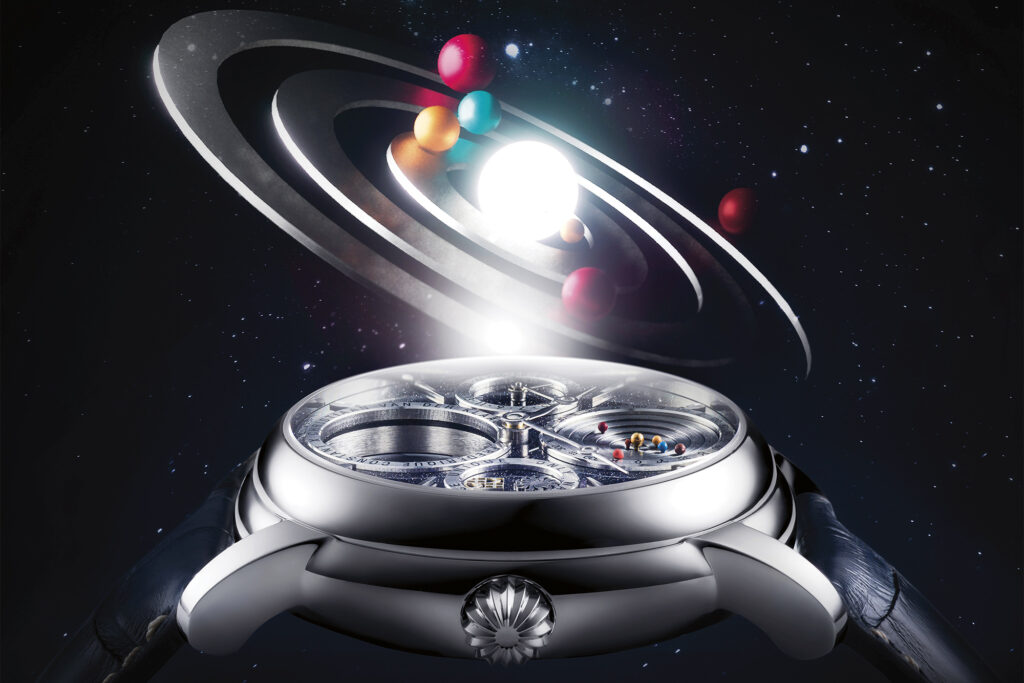
“Frederique Constant has been participating in the Only Watch auction since 2007,” says Eggerding, who presented a version of the brand’s best-selling Highlife sports watch with a unique silicon oscillator movement at the 2021 event. “It is fantastic to be able to create unique timepieces which are going to be sold for a meaningful cause. As every lot is unique, this allows us to express our creativity to the maximum.”
True to this claim, and in a field containing the world’s first watch case made from moissanite (a rare mineral that’s almost as hard as diamond) and a watch featuring a mechanized likeness of Albert Einstein on its dial (his trademark shock of hair doubling as a pusher), Frederique Constant’s contribution still manages to stand out. It was co-created by the Netherlands’ Christiaan van der Klaauw and has the distinction of being the world’s smallest planetarium watch to feature a high-end manufacture tourbillon. Designed, decorated, and hand-assembled in Frederique Constant’s Geneva workshop, it also has six planets orbiting the sun in real time — a process, the watchmaker notes, that takes Saturn almost 30 years to complete. With a combined date/month display that uses hands on a single counter and a cosmic-inspired dial crafted from aventurine, it’s audacious, refined, and every bit worthy of its $135,000 estimate.
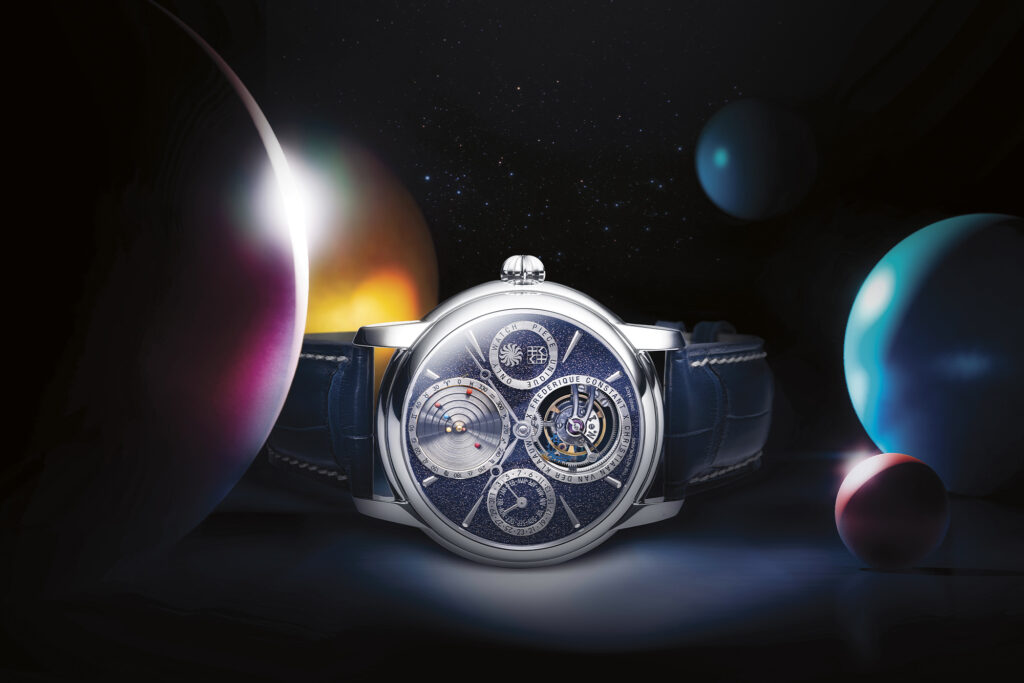
“This collaboration benefits both brands,” says Niels Eggerding of his long working relationship with Christiaan van der Klaauw, whose current CEO worked at Frederique Constant for two decades before joining the Dutch brand. “For Frederique Constant, integrating Christiaan van der Klaauw’s planetarium is the opportunity for the brand to join the sphere of high-end, fine watchmaking. As for Christiaan van der Klaauw, it is the chance to benefit from a larger audience and worldwide recognition.”
The most challenging part of building the planetarium, Eggerding says, was building a movement that combined the tourbillon and the planetarium while maintaining a reasonable thickness. Ultimately, Frederique Constant’s watchmakers made it work, streamlining both complications into a 42 mm platinum case that’s just 13.38 mm thick.
The Frederique Constant x Christiaan van der Klaauw Tourbillon Planetarium Only Watch 2023 is sure to attract plenty of attention when it hits the block in November, but anyone looking to add the world’s smallest planetarium tourbillon to their collection doesn’t need to enter a bidding war to get one. According to Eggerding, it will join Frederique Constant’s lineup in 2025, becoming the latest headline-grabbing piece from a brand that consistently punches above its weight.
